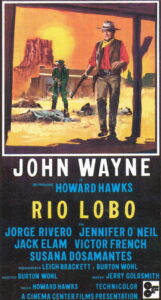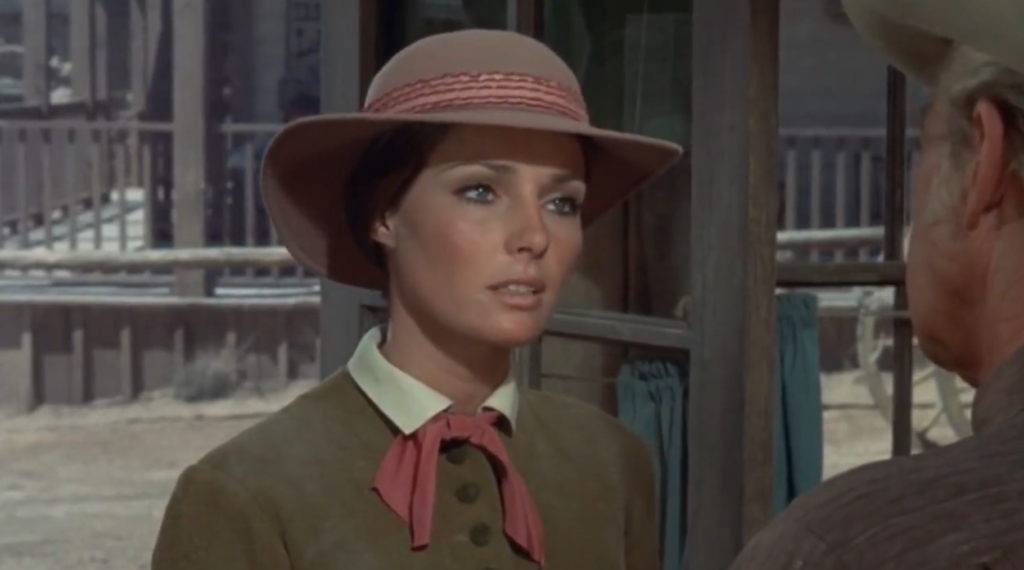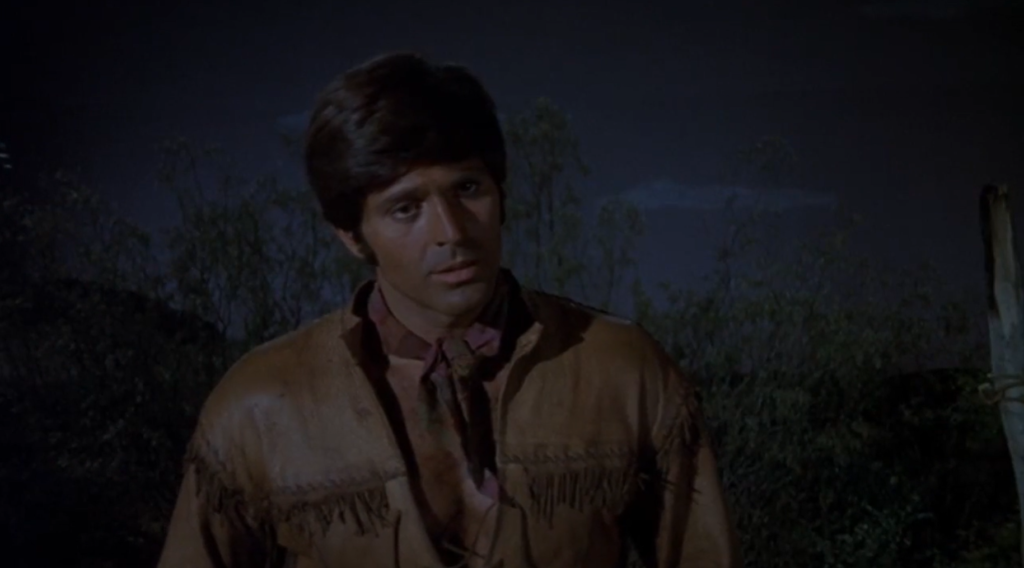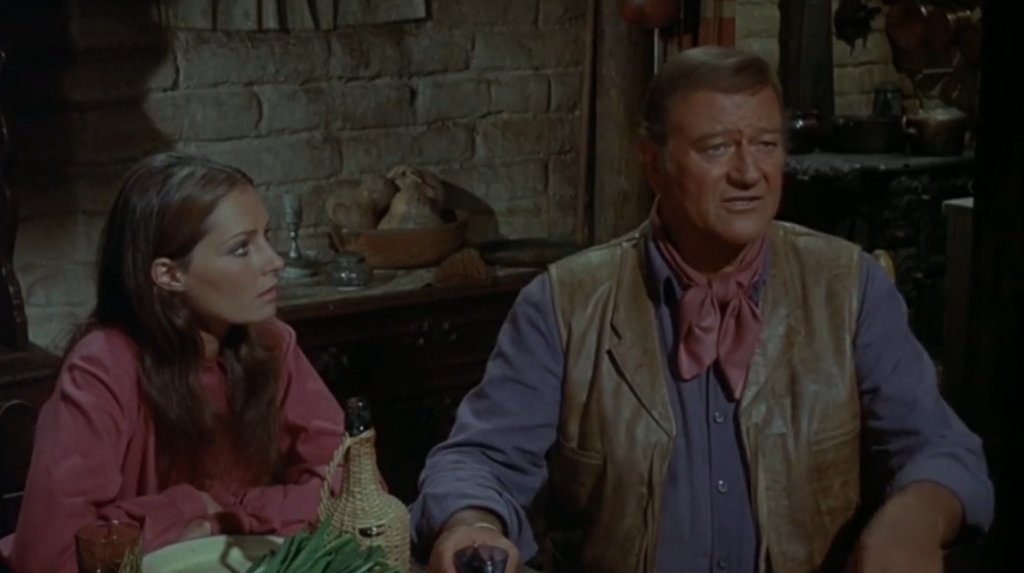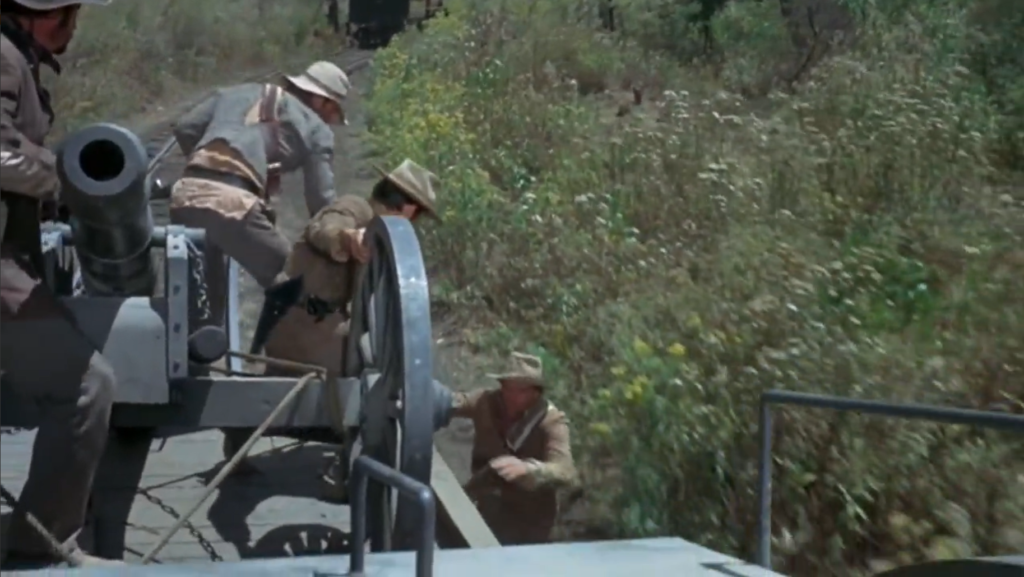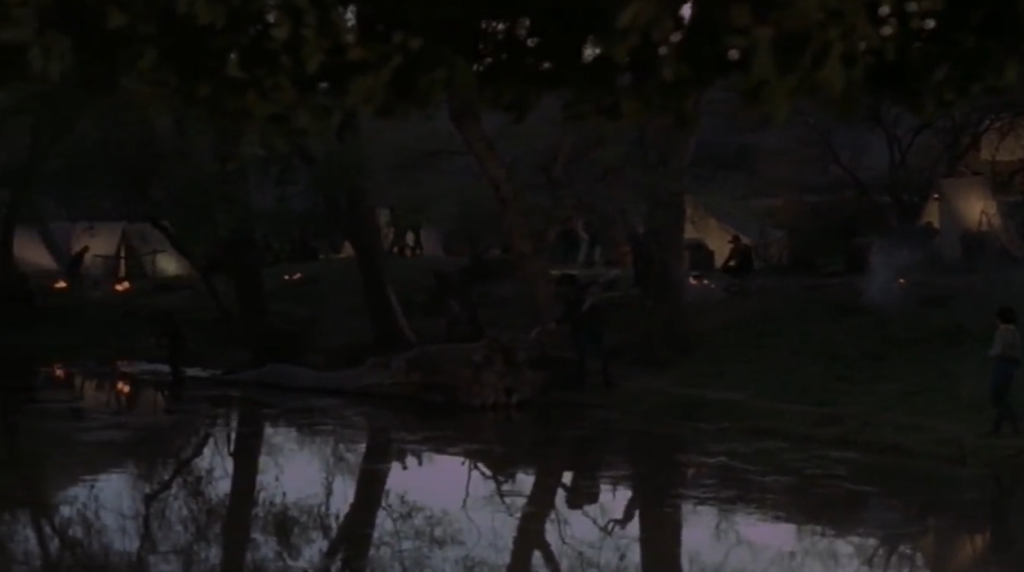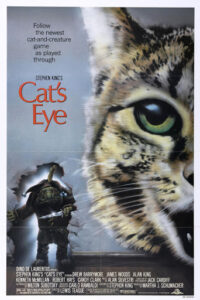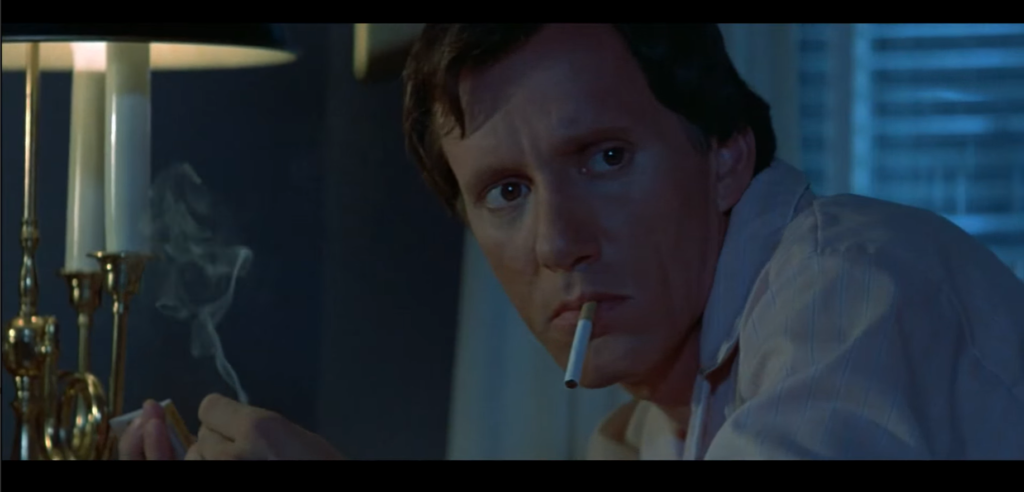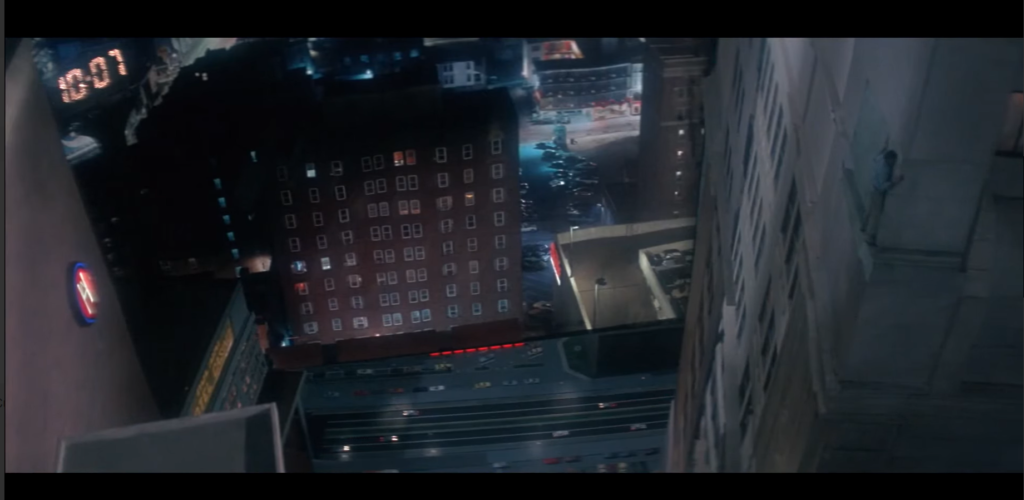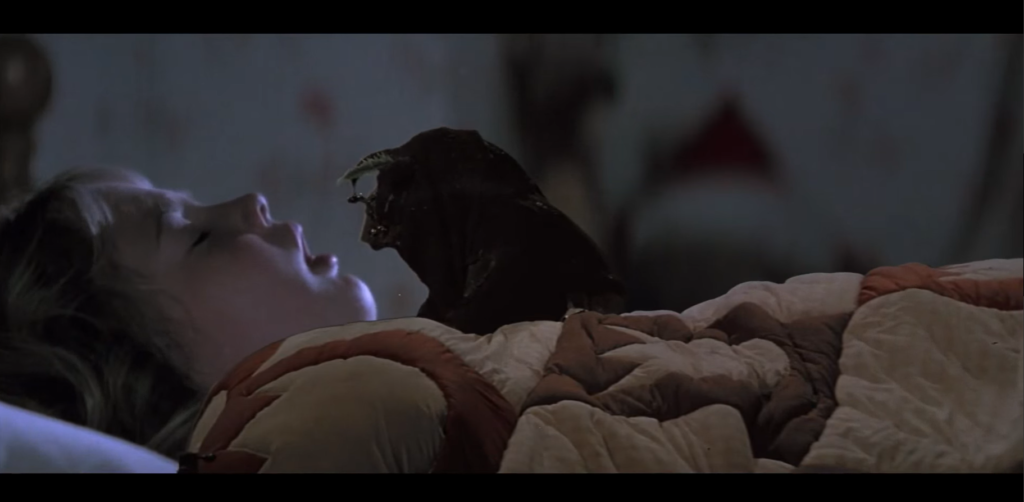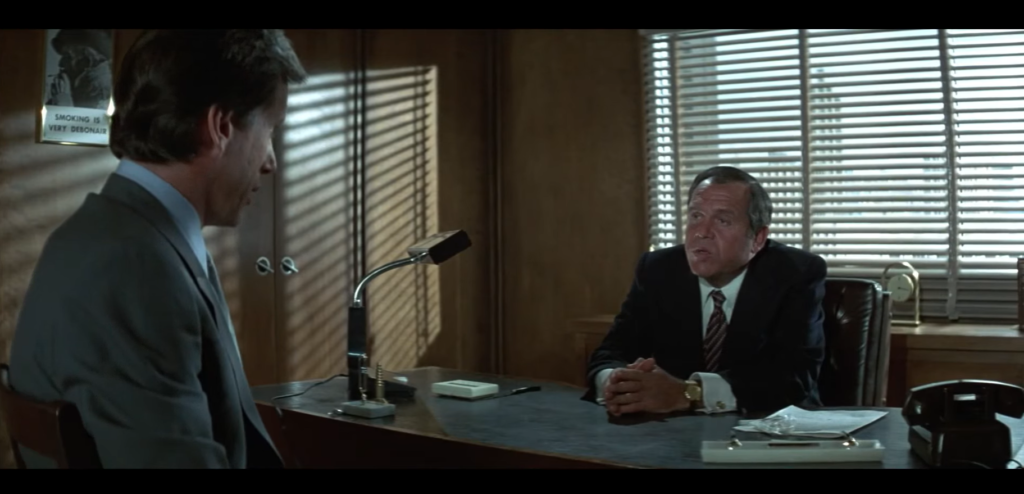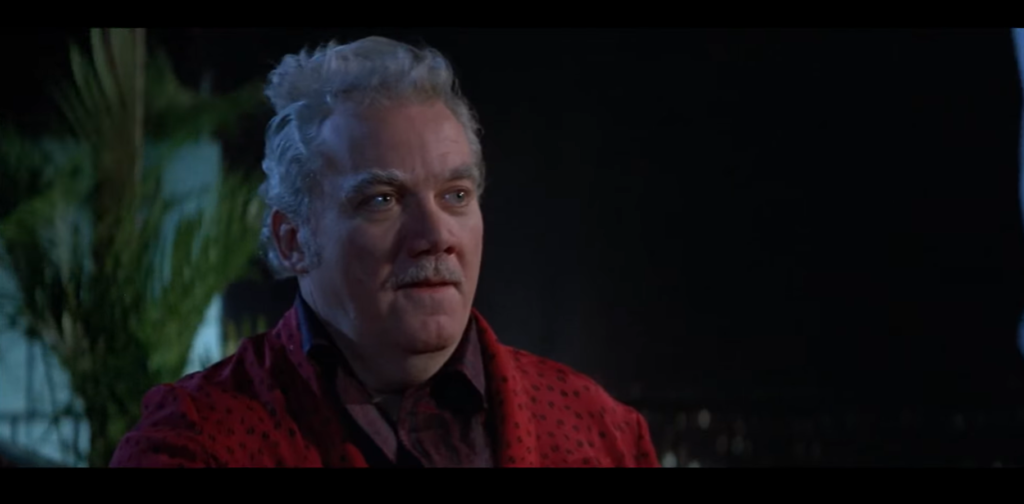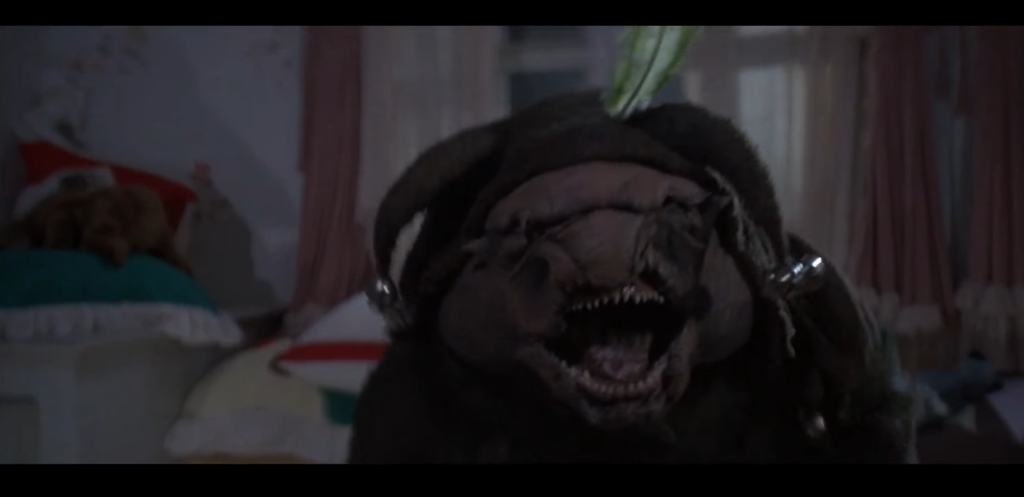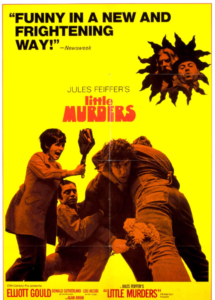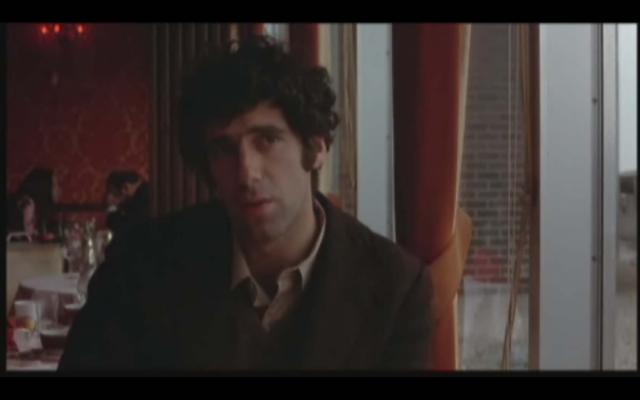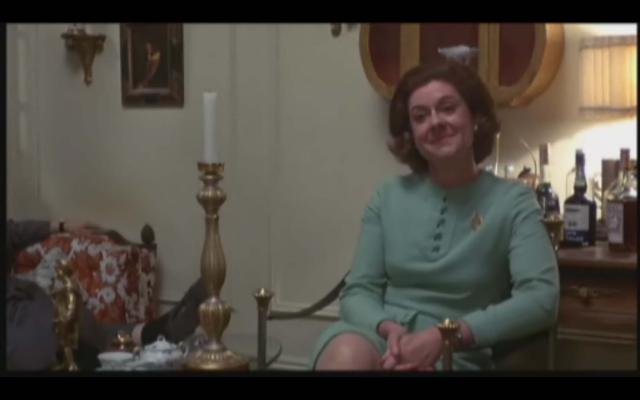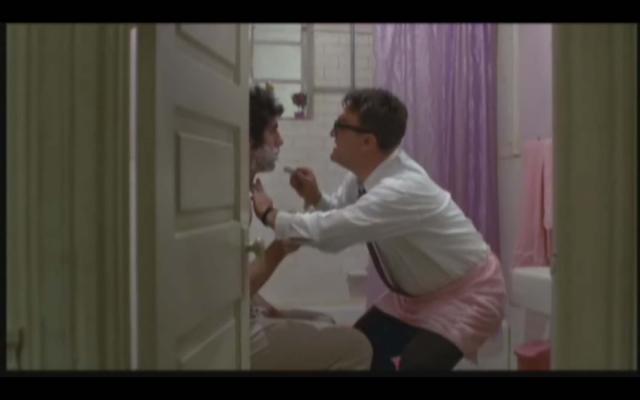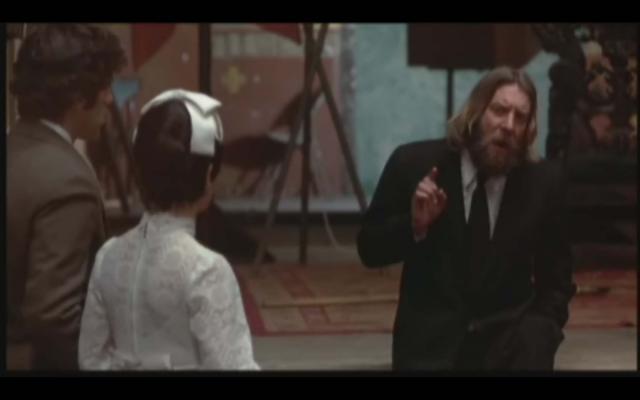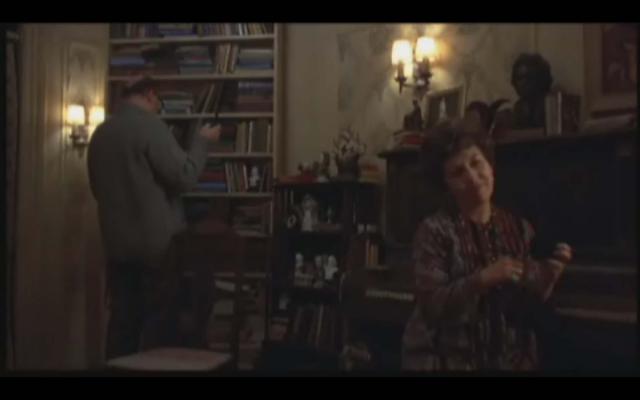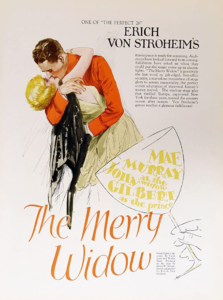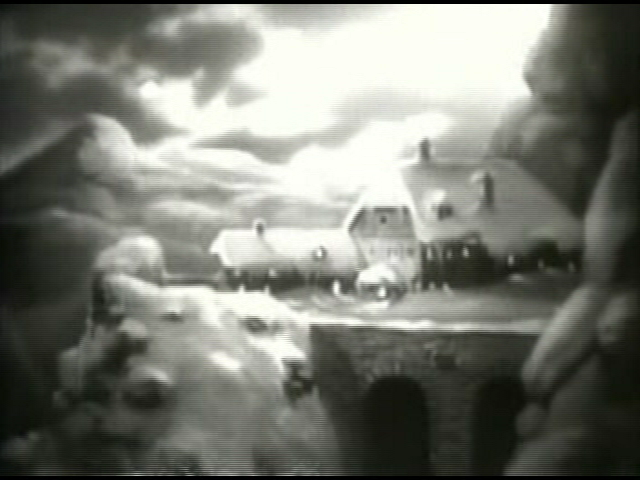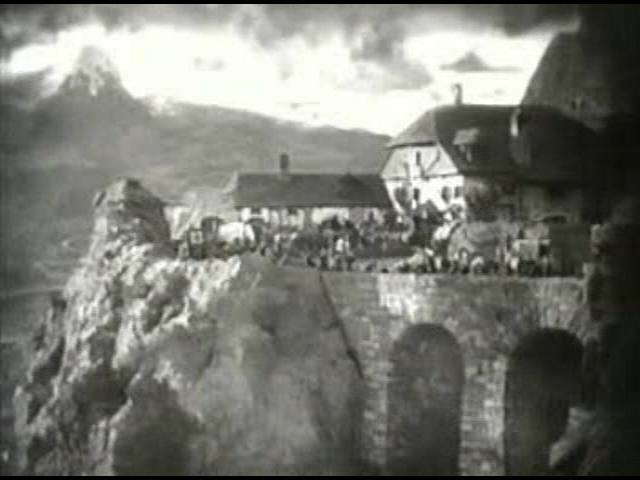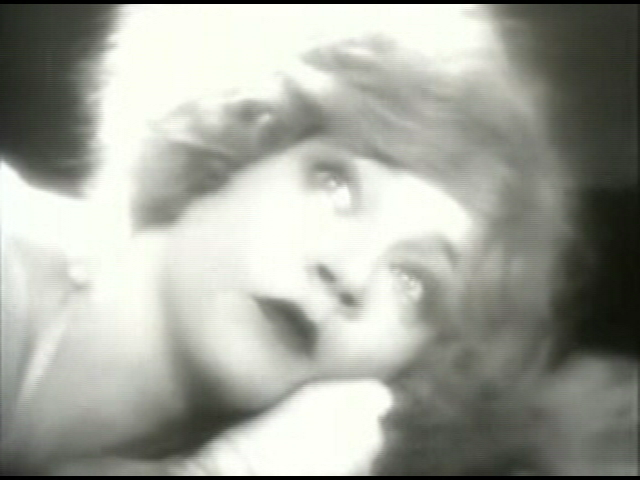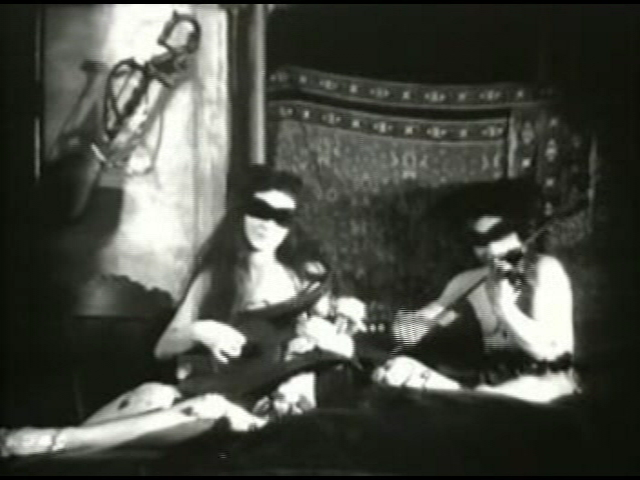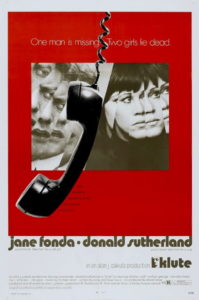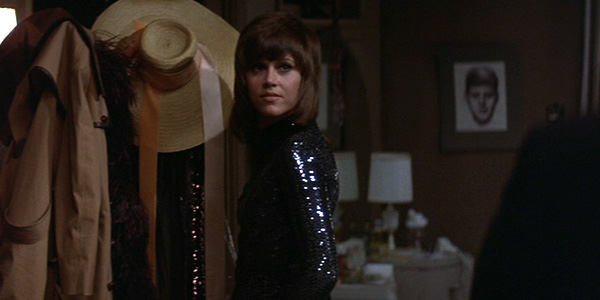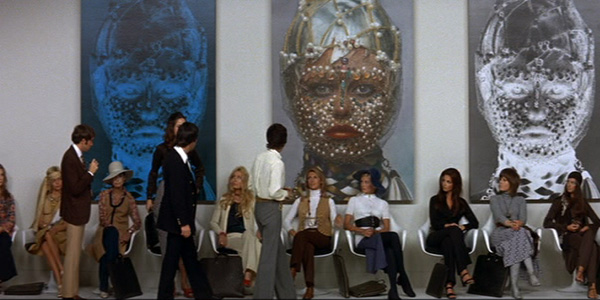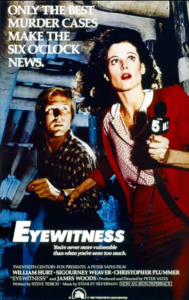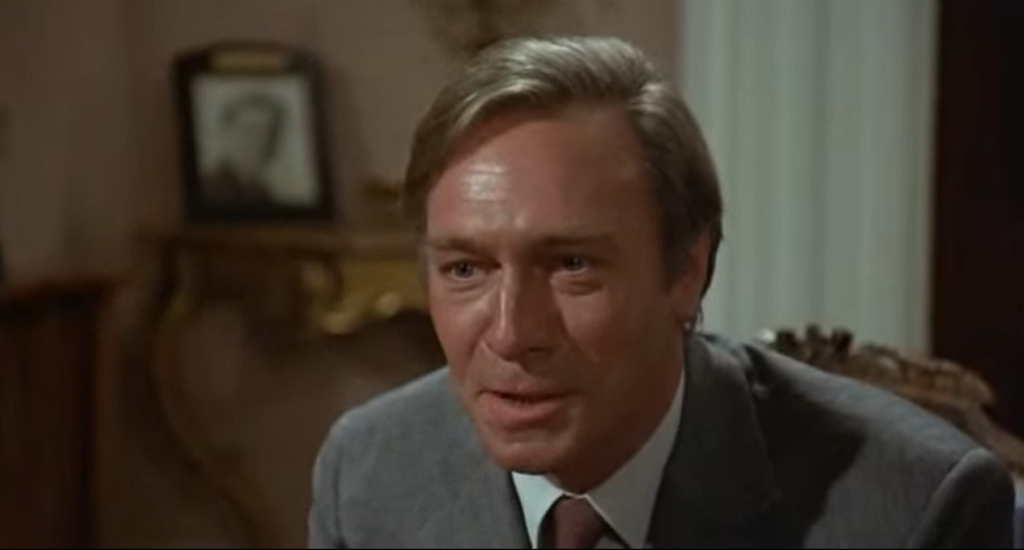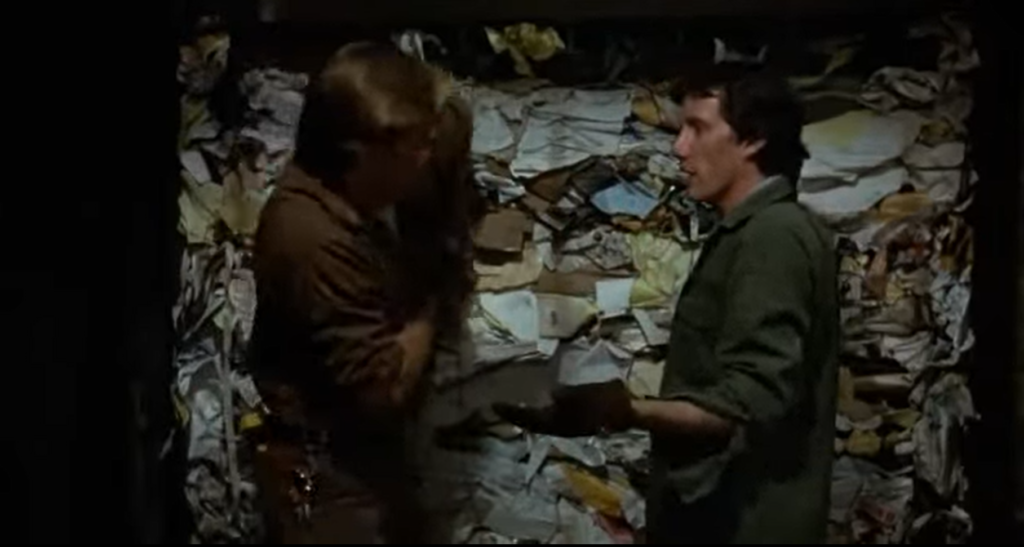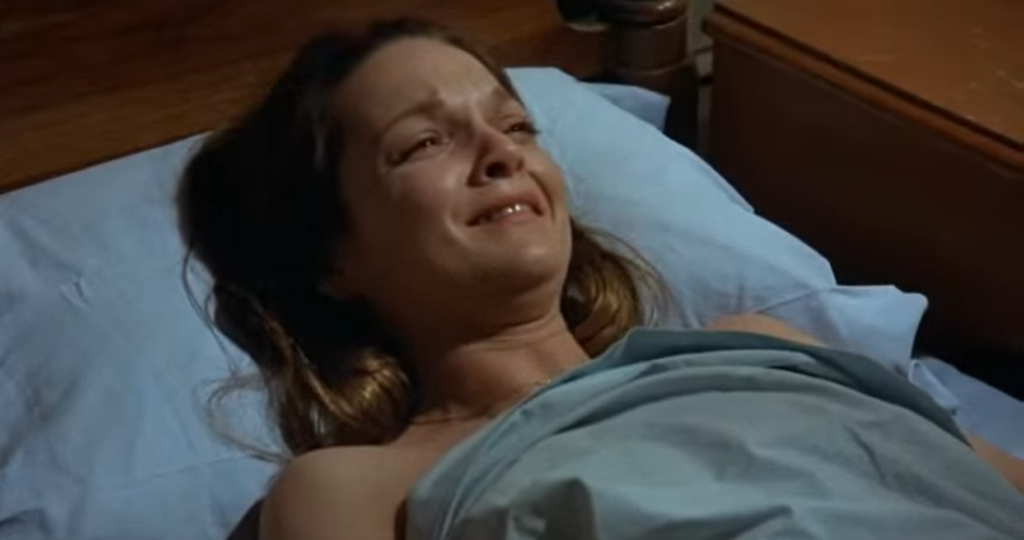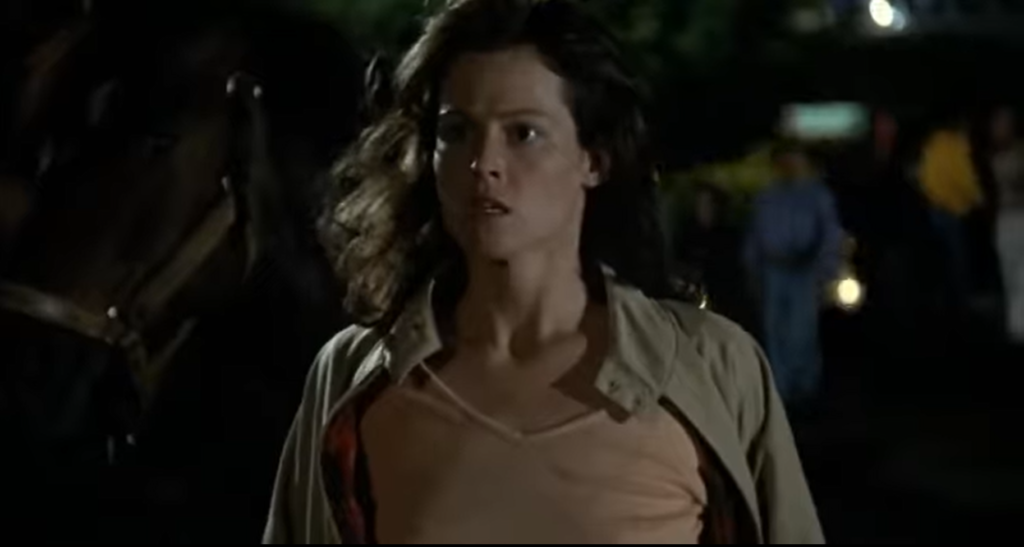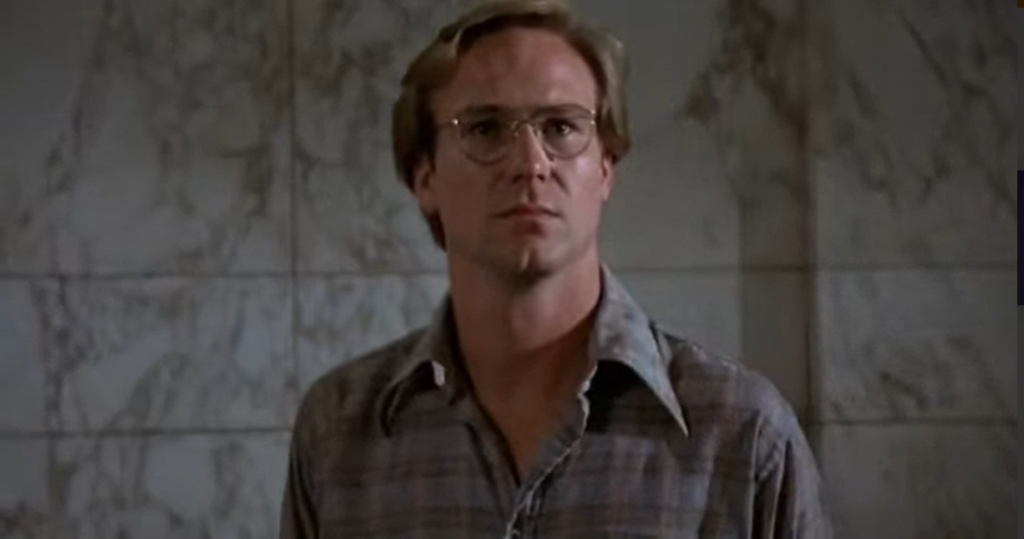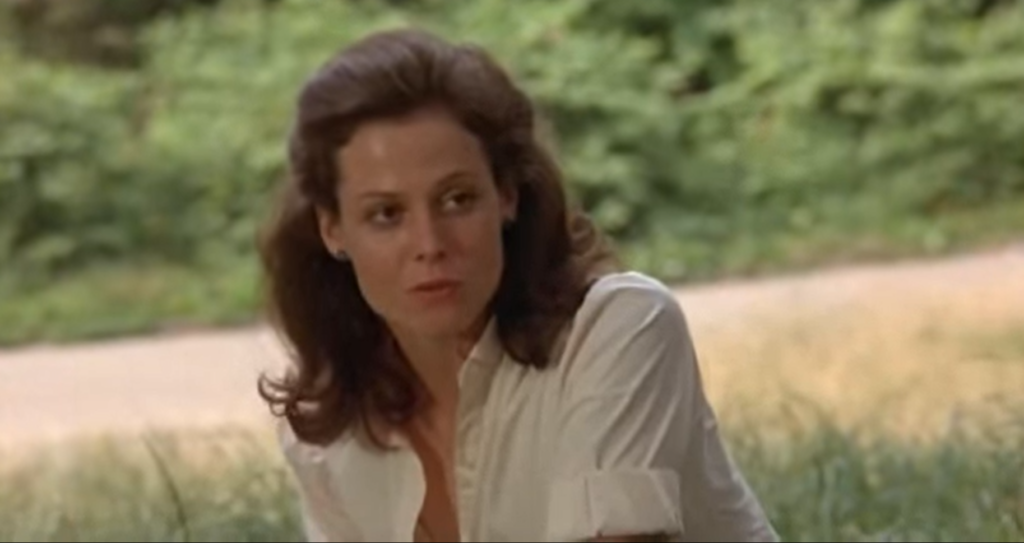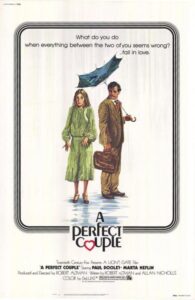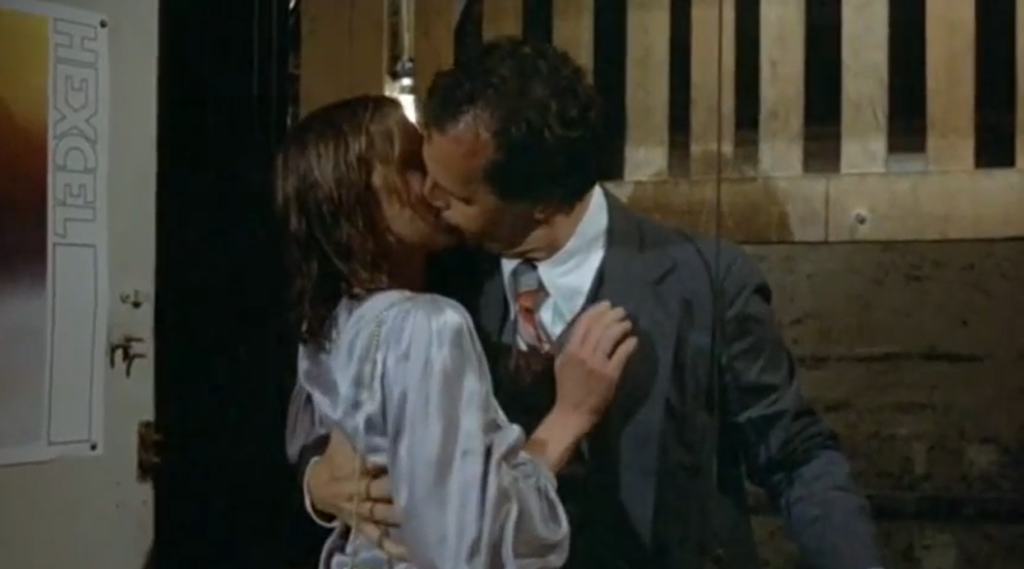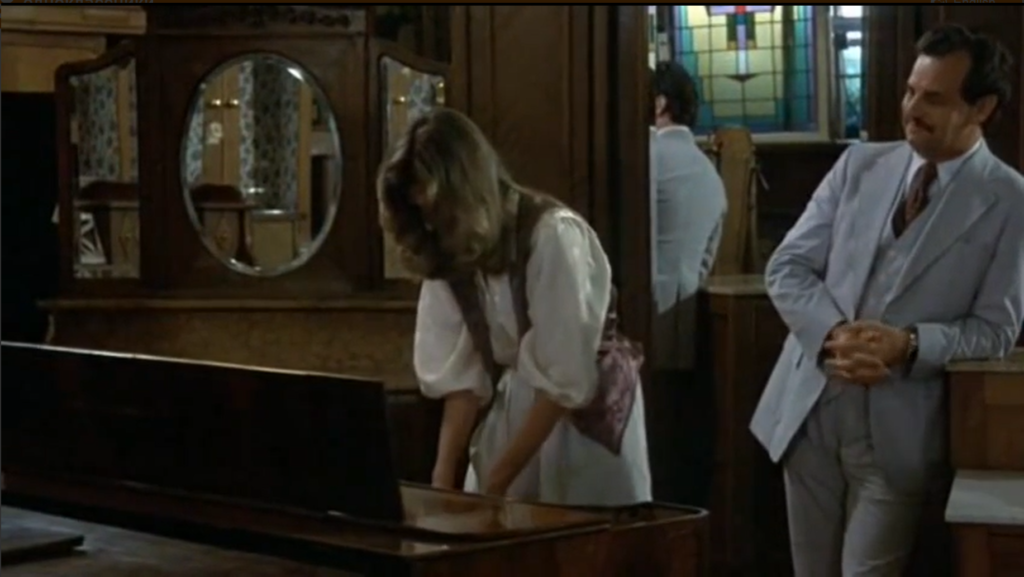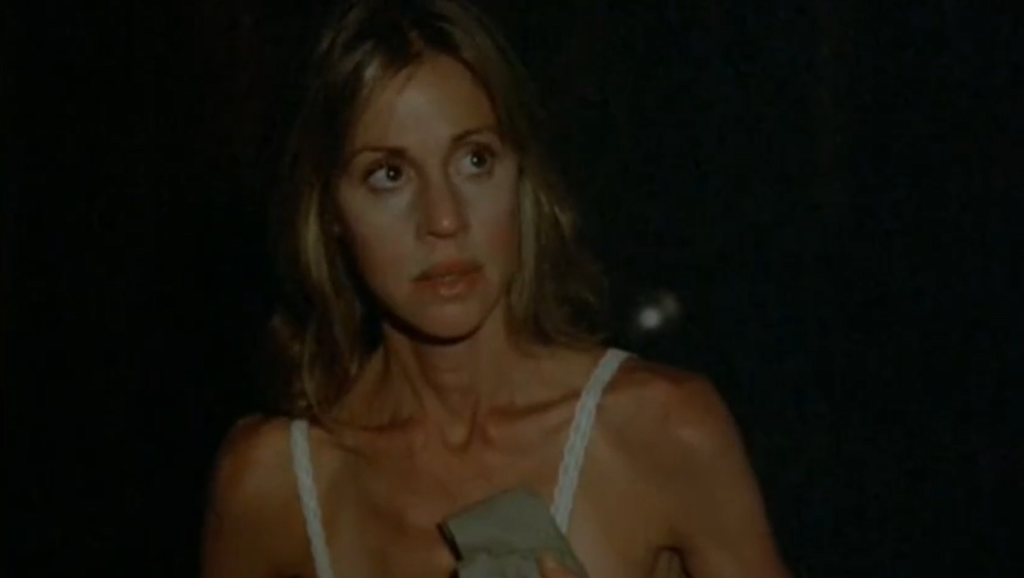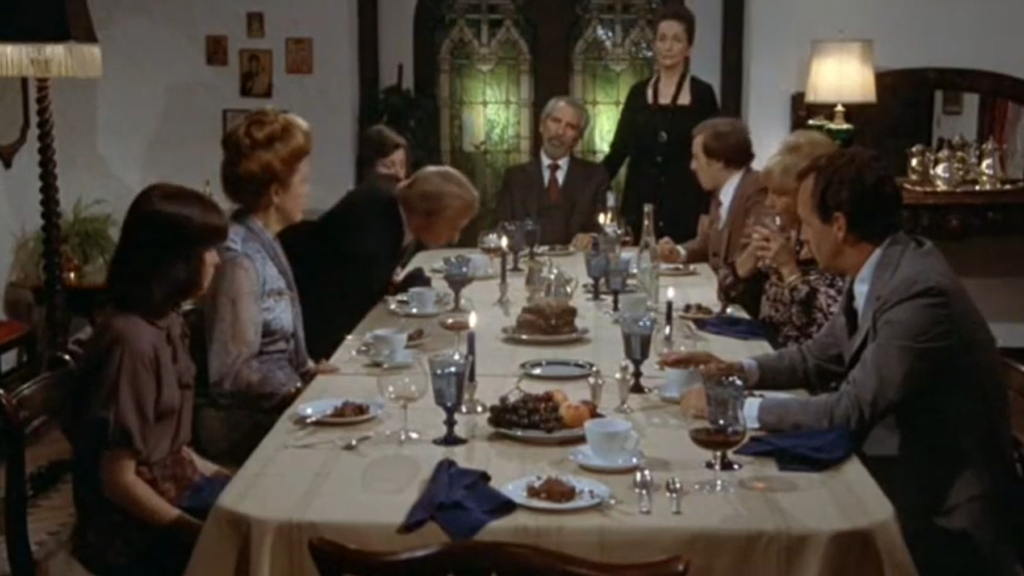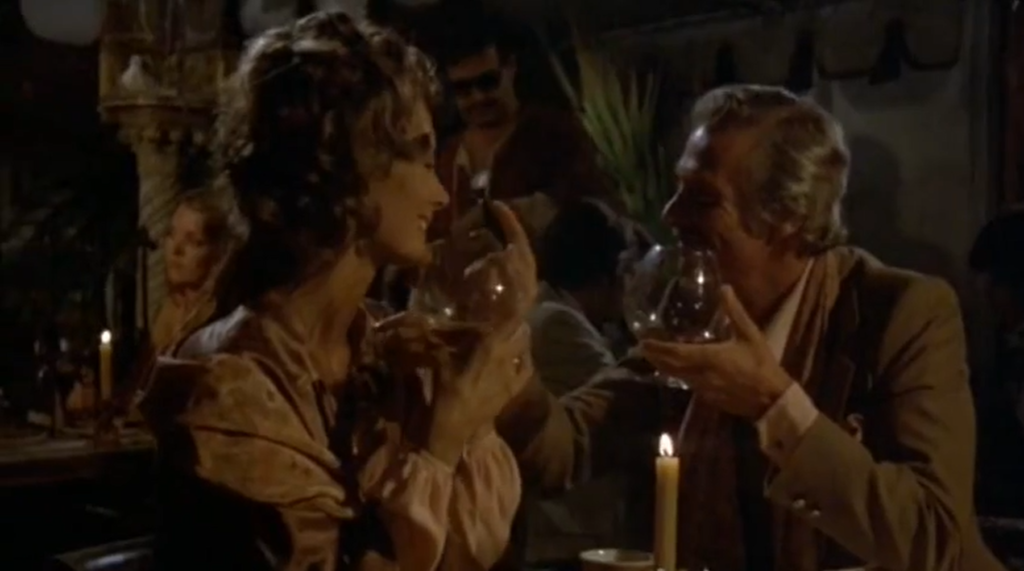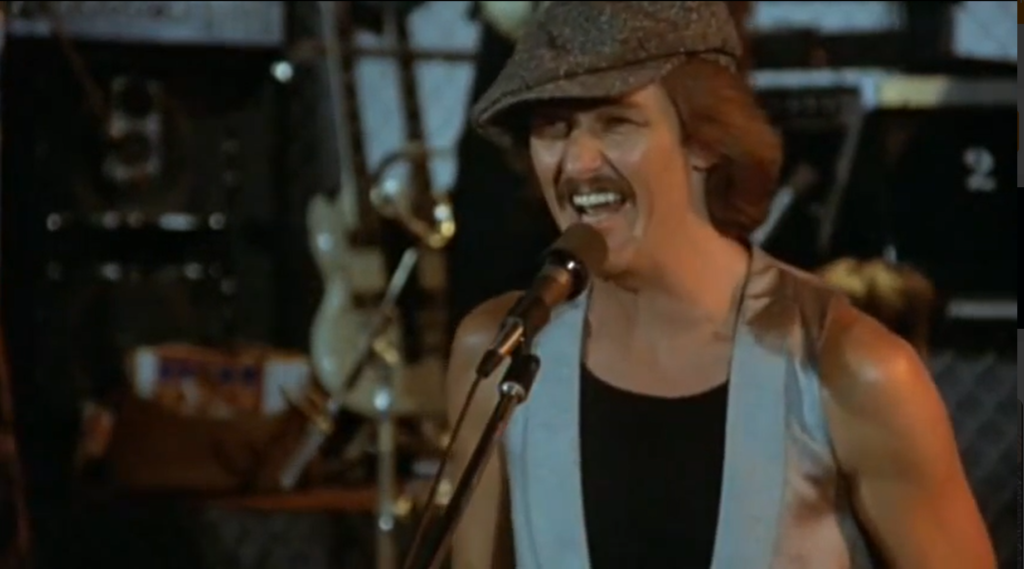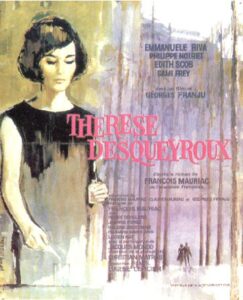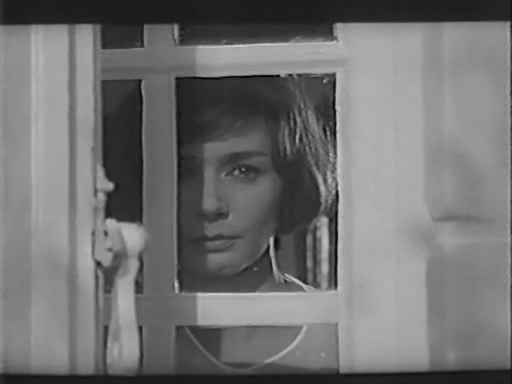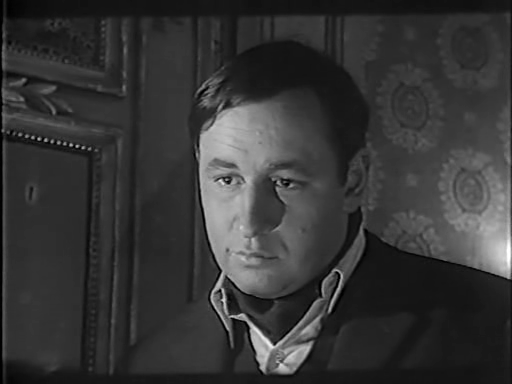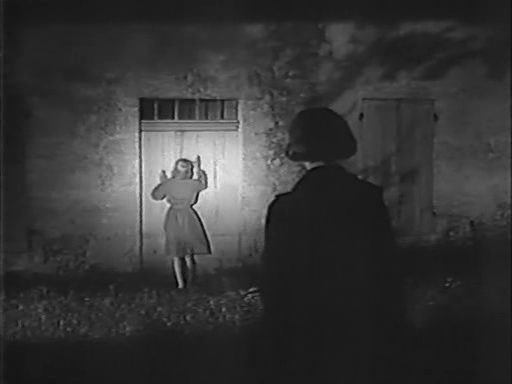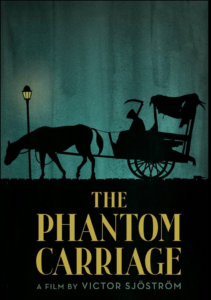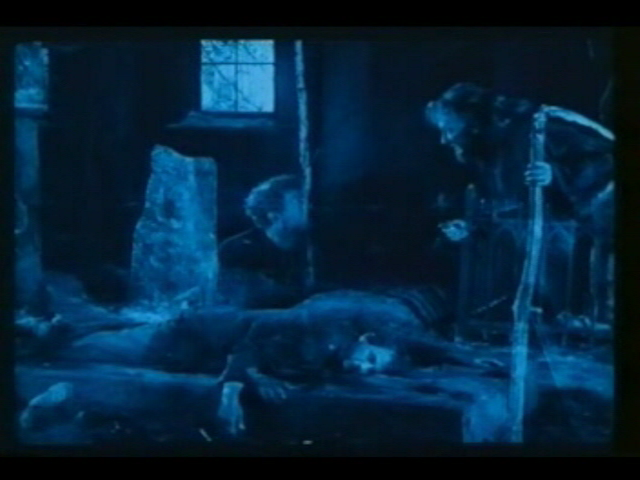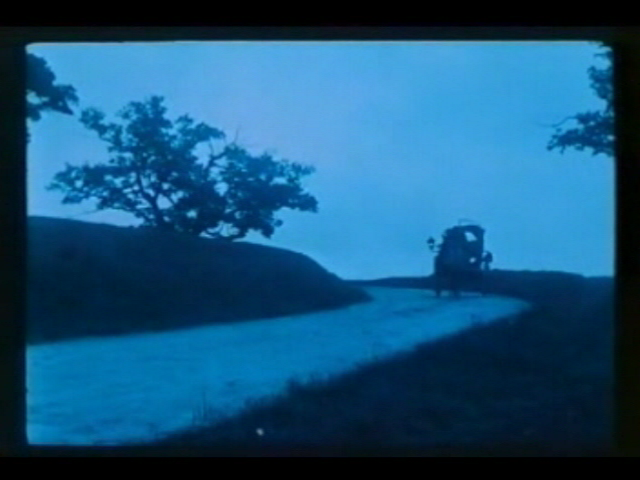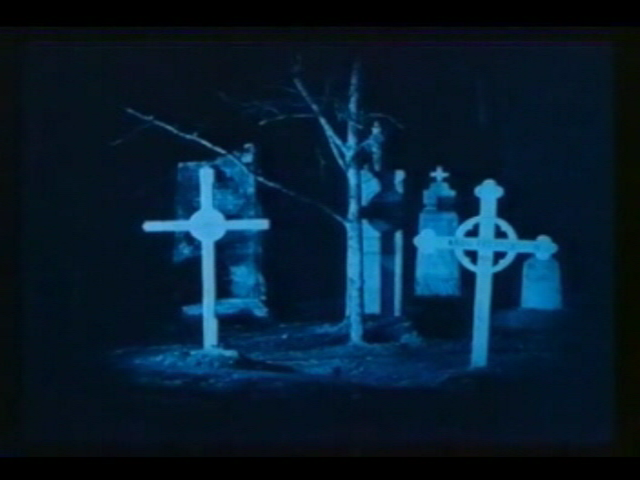|
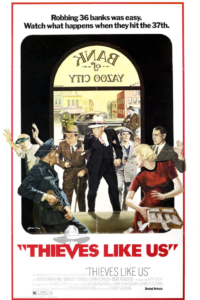
Synopsis:
A trio of fugitives (Keith Carradine, Bert Remsen, and John Schuck) rob banks in Mississippi while trying to stay out of the hands of the law; meanwhile, Carradine develops a crush on a gas station attendant (Shelley Duvall), Remsen falls for a blonde beauty school student (Ann Lathan), and Schuck shows increasingly violent tendencies.
|
|
Genres, Themes, Actors, and Directors:
- Depression Era
- Fugitives
- Keith Carradine Films
- Louise Fletcher Films
- Robert Altman Films
- Shelley Duvall Films
- Thieves and Criminals
Response to Peary’s Review:
Robert Altman’s period drama about thievery and young love during the Great Depression was adapted by Altman, Calder Willingham, and Joan Tewksebury “from Edward Anderson’s novel, which was also the source for Nicholas Ray’s 1948’s classic They Live By Night.” Peary refers to it as a “masterpiece”, noting that it’s “terrifically acted”, has “exceptional, flavorful dialogue”, utilizes sets that “look lived in”, is masterfully cast “down to the bit parts”, and is filmed by cinematographer Jean Boffety in a way that “adds to the film’s lyricism and sense of a bygone time”. Indeed, its sense of period authenticity is especially striking; as Peary notes, Altman achieves this “through carefully chosen sets and props, hairstyles, clothes, and cars; and by establishing a lifestyle for his characters… that seems perfectly credible.” The use of radio programs in the background (sometimes realistically ambient, at others more strategically chosen) is striking, giving one the distinct sense that radio was the “television” of the day — something that would likely be on in most households or cars, as a part of everyday life.
Parallels between Thieves Like Us and Arthur Penn’s Bonnie and Clyde (1967) are inevitable, given that both tell stories about “everyday” citizens during the Depression who are drawn to the glory and seemingly simple allure of bank robberies (indeed, no guards or policemen are ever shown nearby; Carradine and his team simply get away without a problem). To that end, Altman noticeably chooses “to treat the action sequences the same as the dialogue scenes, without suspense or exciting climaxes” — most likely because “Carradine himself doesn’t regard the robberies and shootouts as particularly interesting events in his life”; he’s much more concerned with making it back to his true love, “simple, scrawny” Keechie (Duvall), who possesses a strange appeal despite her odd looks (it’s easy to see why Carradine’s needy character falls for her). Duvall is excellent here, as are Carradine and the other male leads. Schuck — playing a psychopath — becomes increasingly terrifying as the film progresses, while Remsen is uniquely memorable as the oldest of the three thieves, who nonetheless possesses the strongest libido.
As always with Altman’s best films, part of the allure of Thieves Like Us is waiting to see how events will unfold, since nothing is telegraphed ahead of time, and Altman strategically leaves out certain “key” scenes (i.e., only one bank robbery of several is actually shown on film, and the death of a major character is simply mentioned). Throughout, we feel like we’re simply watching “real life” as it happens — which is why the bloody climax (which deviates noticeably from the film’s previous air of hyper-realism) is a bit of a let-down; Altman utilizes slow-motion rather than allowing the scene to play out in “real time” as it should. This is a minor complaint, however, about an otherwise bleakly powerful film, one which leaves a lasting effect, and should be seen by all film fanatics at least once.
Redeeming Qualities and Moments:
- Keith Carradine as Bowie (Peary nominates him as one of the Best Actors of the Year in his Alternate Oscars)
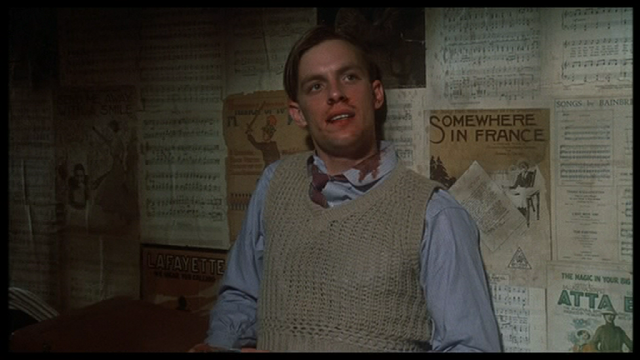
- Bert Remson as T-Dub
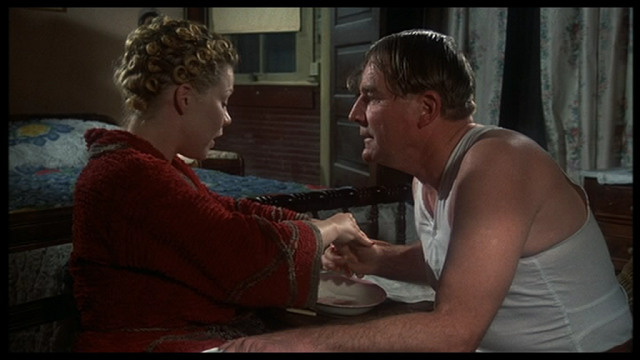
- John Schuck as Chickama
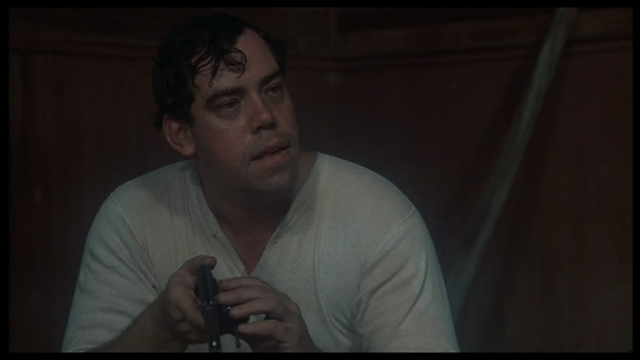
- Shelley Duvall as Keechie (Peary nominates her as one of the Best Actresses of the Year in his Alternate Oscars)
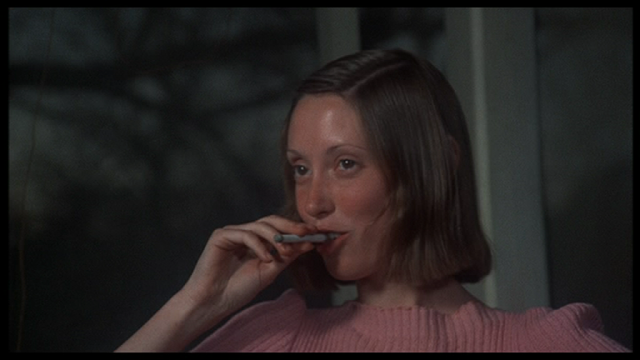
- Louise Fletcher as Mattie

- Fine period detail
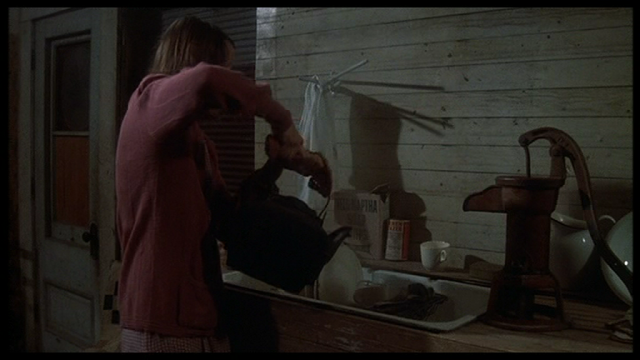
- Jean Boffety’s cinematography
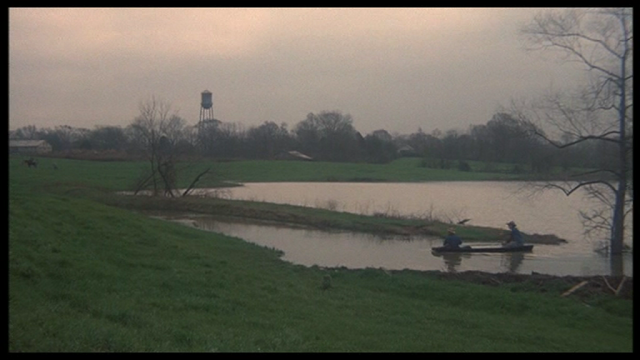
- Memorable imagery

Must See?
Yes, as one of Altman’s best early films. Peary nominates it as one of the Best Movies of the Year in his Alternate Oscars book.
Categories
Links:
|
